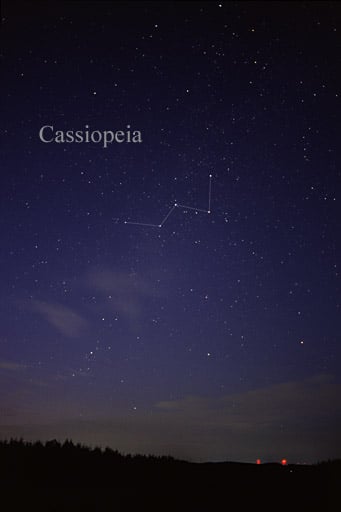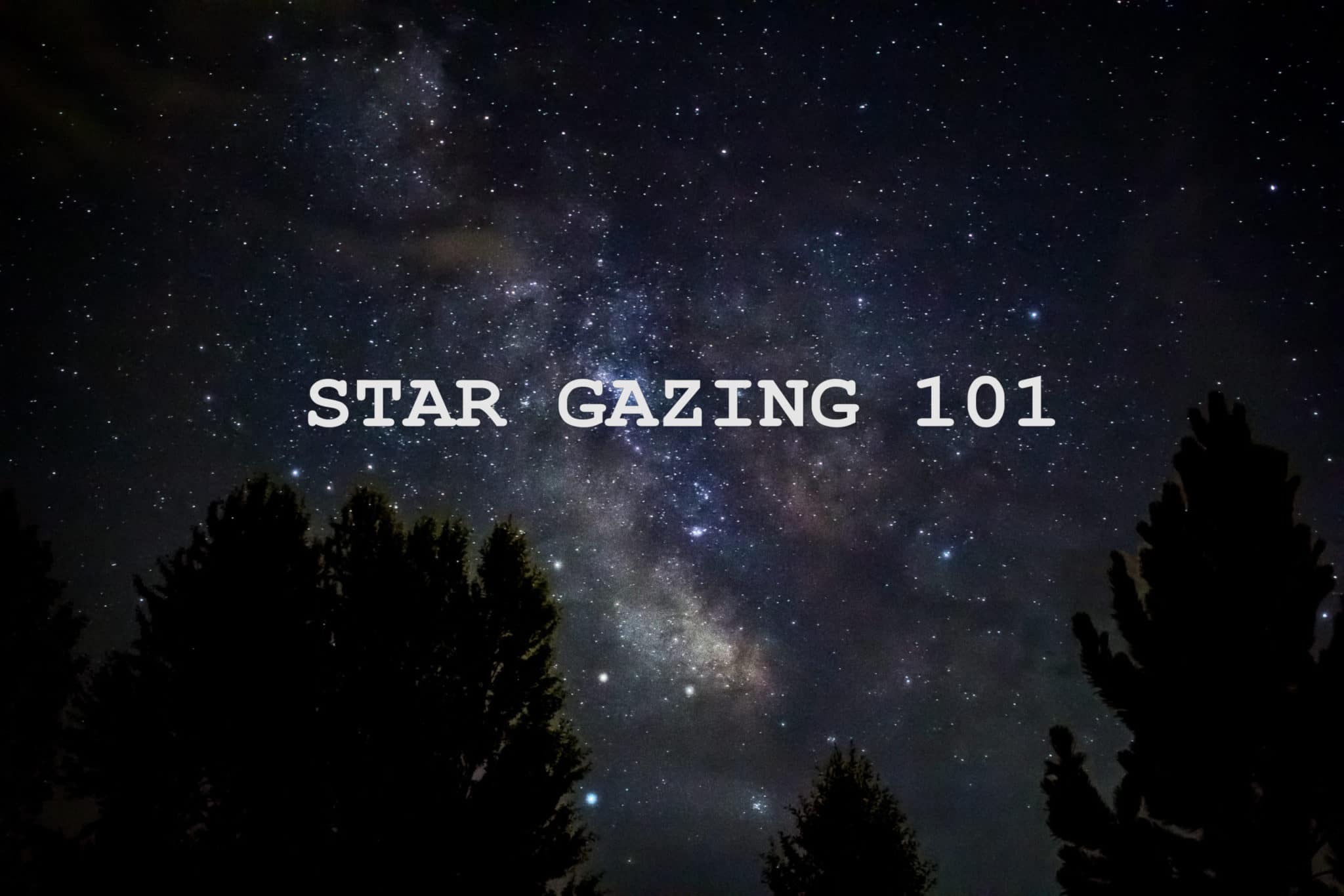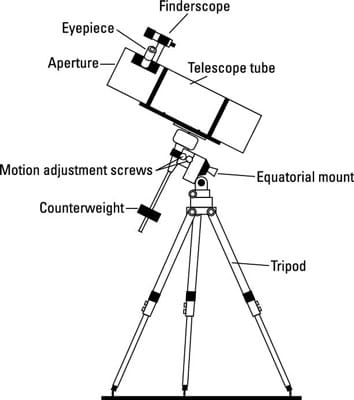There are so many stars in the sky and before there were things like Google Maps, pioneers used the stars to travel. Because of this, they created and named a few constellations that look like certain shapes so they could look up in the night sky, see the shape and know if they were going in the right direction.
The North Star
Although not a constellation by itself, it is the most well known star, and part of a constellation as well. It’s claim to fame was leading travelers, well, north. One of the brightest stars in the sky, it’s a signal for all those walking around at night that they’re going North. If you’re ever lost, just look up at the sky and find the North Star to lead you north and hopefully to safety.
 The Big Dipper
The Big Dipper
The easiest constellation to find in the sky. It looks like a giant pot and the North Star is the tip of the handle. If you use the North Star, you can see that it is a part of a group of seven stars in the constellation Ursa Major.
The Little Dipper
If you find the Big Dipper, you can draw a line to the Little Dipper with your finger. It’s right across from the Big Dipper and is just a smaller size pot in the sky. And just a side note, the Little Dipper isn’t technically a constellation; it’s an asterism or a noticeable star pattern. But it’s always a constellation in my heart. It’s trying it’s best, so it deserves a place on this list.
Cassiopeia 
Another big constellation that’s easy to find is Cassiopeia. With its distinctive “W” shape formed by five bright stars, Cassiopeia is one of the most easily recognizable constellations in the night sky. Most kids find it as their first constellation since it’s so big and easy to make.
Lyra
A smaller constellation, but still a constellation is Lyra. It’s a lopsided square with a tail to it’s brightest star. Much like the Big and Little Dipper, it’s higher up in the sky than the other two. It’s most easily viewable in August, so it’s a nice to try to find it when sitting outside on a clear night.
If you want to see any of these constellations, then you should attend the Garland’s Oak Creek Lodge Night Under the Stars event! Our star guide, Dennis Young from Sedona Starlight, is ready to show you all the night sky has to offer!
WHERE: Garland’s Oak Creek Lodge
WHEN: August 17th from 7 – 10pm
This event is only available to those who book an overnight stay or a dinner reservation at Garland’s Oak Creek Lodge. Make sure you book your reservation today since space is limited!








